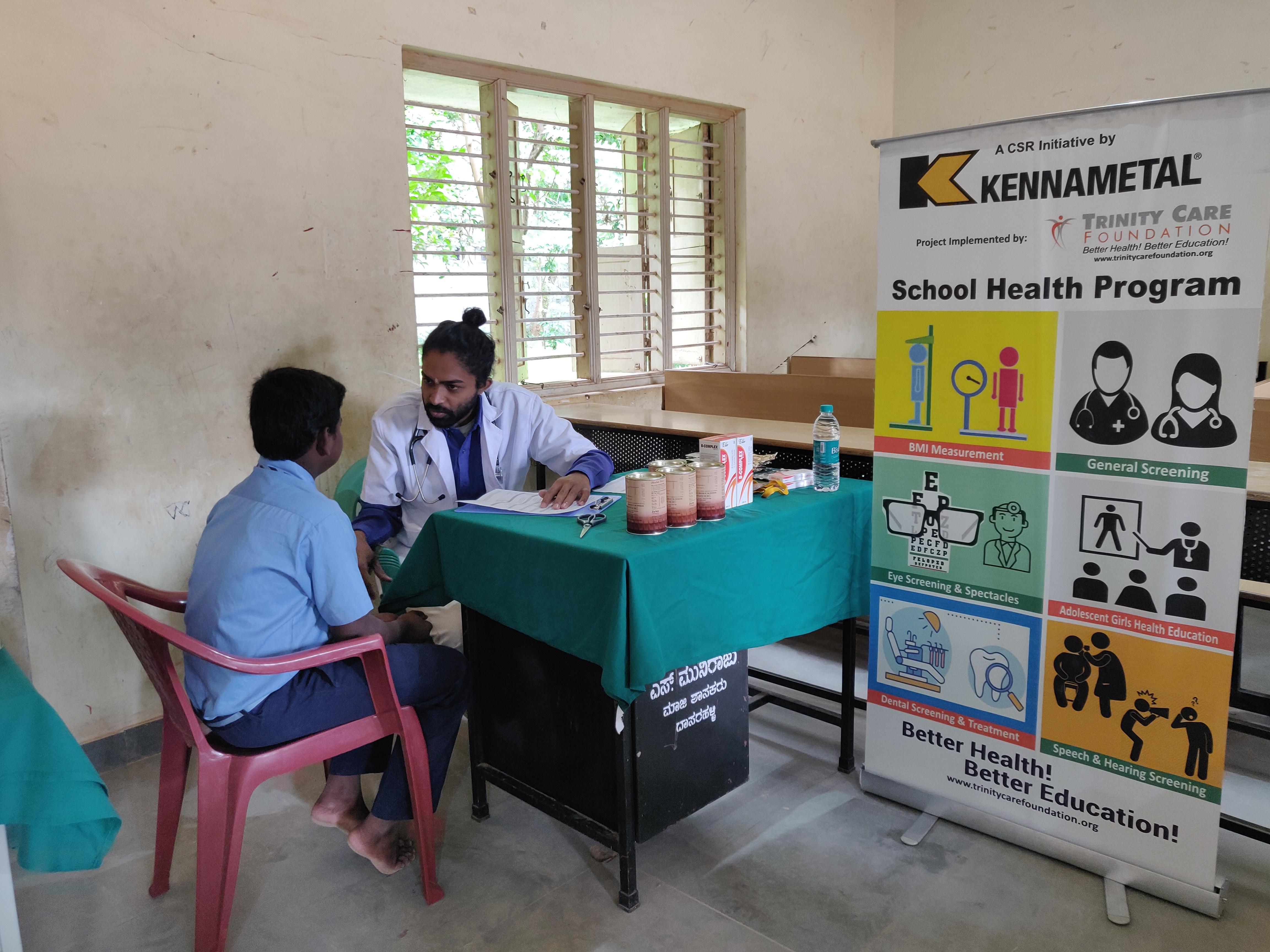In a world where the adage “an ounce of prevention is worth a pound of cure” rings truer than ever, the concept of preventive healthcare stands as a beacon of hope, promising to shield us from the looming threats of chronic diseases and unforeseen medical crises. Yet, as we navigate the complex landscape of modern medicine, a pressing question emerges: Is this proactive approach to health maintenance a luxury beyond the reach of the average person? As we delve into the intricacies of preventive healthcare, we unravel the delicate balance between cost and accessibility, exploring whether the pursuit of wellness is an attainable reality or an elusive dream for the everyday individual. Through this exploration, we aim to shed light on the barriers and opportunities that define the intersection of health, economics, and human well-being.
The Cost Conundrum of Preventive Healthcare
In a world where medical advancements promise longer and healthier lives, the financial implications of preventive healthcare often loom large. The paradox lies in its dual nature—while preventive measures can significantly reduce long-term healthcare costs, the upfront expenses can be daunting for many. Consider the various components that contribute to these costs:
- Screenings and Tests: Routine check-ups, blood tests, and screenings for conditions like cancer or diabetes can add up quickly, especially if insurance coverage is limited.
- Vaccinations: While some vaccines are covered by insurance, others may require out-of-pocket payments, which can be a deterrent for many.
- Lifestyle Programs: Programs aimed at promoting healthier lifestyles, such as gym memberships or nutritional counseling, often come with fees that may not be covered by insurance plans.
The challenge for the average person is finding a balance between immediate financial constraints and the long-term benefits of staying healthy. It raises the question: should preventive healthcare be more accessible, or is its perceived expense a necessary investment in our future well-being?

Navigating Insurance and Out-of-Pocket Expenses
Understanding the nuances of insurance coverage can be a daunting task, particularly when it comes to deciphering what is covered under preventive healthcare and what costs might unexpectedly fall on your shoulders. Out-of-pocket expenses can often catch individuals by surprise, even with comprehensive insurance plans. Factors such as deductibles, copayments, and coinsurance can significantly influence the final amount you pay. It is crucial to scrutinize your insurance policy to understand the specifics of what is considered preventive and what is not.
- Deductibles: The amount you pay for covered healthcare services before your insurance plan starts to pay.
- Copayments: A fixed amount you pay for a covered healthcare service after you’ve paid your deductible.
- Coinsurance: Your share of the costs of a covered healthcare service, calculated as a percentage of the allowed amount for the service.
Many insurance plans cover a wide range of preventive services at no cost to the patient, but it’s vital to ensure that the provider you choose is within your network to avoid unexpected expenses. Proactively engaging with your insurance company to clarify these aspects can safeguard you from financial strain and help you make informed decisions about your healthcare.

Community Resources: Bridging the Affordability Gap
- Sliding Scale Clinics: Many communities have clinics that operate on a sliding scale fee basis, adjusting costs based on a person’s income. This makes healthcare services more accessible to those who might otherwise find them prohibitively expensive. These clinics often provide essential services such as vaccinations, screenings, and routine check-ups.
- Community Health Workshops: Local organizations often host free or low-cost workshops aimed at educating the public on preventive care. These workshops can cover topics like nutrition, exercise, and managing chronic conditions, equipping individuals with the knowledge to take proactive steps in their health journey.
- Nonprofit Health Initiatives: Numerous nonprofits are dedicated to bridging the gap in healthcare affordability. They offer programs that provide discounted or free preventive services, ensuring that financial barriers do not prevent access to necessary health care.
By leveraging these resources, individuals can significantly reduce the financial burden of preventive healthcare. Embracing community-driven solutions not only makes healthcare more affordable but also fosters a collective effort towards healthier living.

Empowering Individuals with Cost-Saving Strategies
In an era where healthcare costs continue to rise, finding effective ways to manage expenses is crucial for many. By adopting a proactive approach, individuals can significantly reduce their healthcare costs while maintaining their well-being. Preventive healthcare doesn’t have to be synonymous with high expenses; instead, it can be an empowering tool for savings. Consider incorporating some practical strategies into your routine:
- Embrace Healthy Habits: Regular exercise and a balanced diet can prevent a myriad of health issues, reducing the need for costly medical interventions.
- Routine Screenings: Many insurance plans cover the cost of regular screenings and vaccinations, which can detect issues early and avoid expensive treatments later.
- Utilize Telemedicine: Virtual consultations often come at a fraction of the cost of in-person visits, providing a budget-friendly alternative for non-emergency concerns.
- Educate Yourself: Understanding your health plan’s preventive services can help you make the most of what’s available without additional costs.
By integrating these cost-saving strategies, individuals can transform preventive healthcare from a perceived financial burden into a cornerstone of economic and physical well-being.








